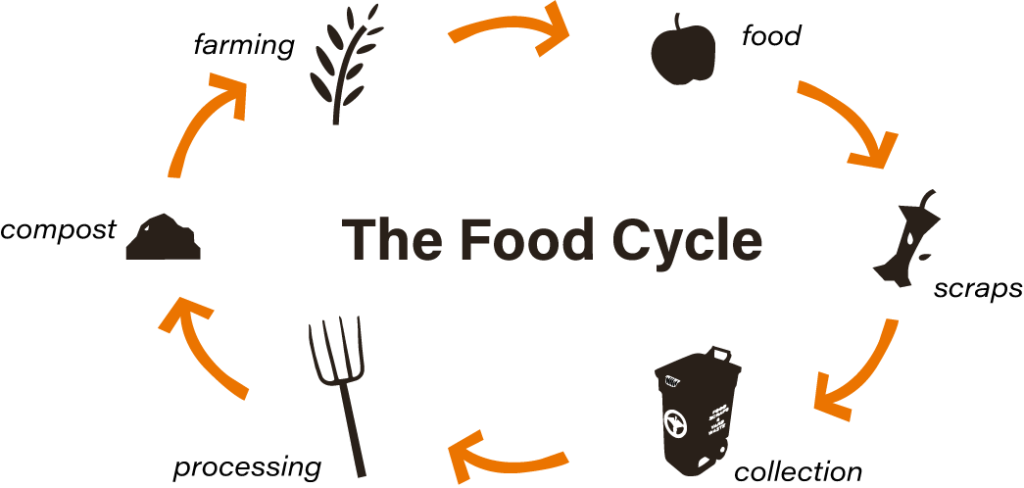The excursion that natural food takes from the ranch to your table is a mind boggling and many-sided process that includes numerous stages, each assuming an essential part in guaranteeing the trustworthiness of the item. Understanding this natural food production network gives significant bits of knowledge into the consideration and exertion that go into conveying nutritious and ecologically reasonable food to buyers.
Seed Determination and Development: The excursion starts with seed choice. Natural ranchers focus on seeds that are non-GMO and fit to their particular developing circumstances. These seeds are developed utilizing natural cultivating rehearses, which prohibit manufactured pesticides, herbicides, and manures. Soil wellbeing is a point of convergence, with natural ranchers using methods, for example, cover editing and harvest revolution to keep up with ripe and supplement rich soils.
Development and Reaping: Natural harvests are tended with care, cultivating normal development processes. Weeding is overseen through methods like hand-weeding, mulching, and sidekick planting, instead of depending on engineered herbicides. At the point when yields are prepared for reap, natural guidelines direct that engineered synthetic substances can’t be utilized during this interaction.
Handling and Bundling: When reaped, natural food sources are handled with an emphasis on saving their normal credits. Handling techniques keep away from the utilization of fake added substances and additives. Bundling materials are decided to limit ecological effect and keep up with item newness without compromising natural honesty.
Circulation and Transportation: The following stage includes moving natural items from homesteads to conveyance focuses and retailers. This cycle is frequently smoothed out to limit the carbon impression, with an inclination for territorial conveyance organizations. A few natural items are likewise sold straightforwardly through rancher’s business sectors and local area upheld farming (CSA) programs, lessening transportation distances.
Retail and Purchaser Decision: As natural items arrive at retailers, customers are given a wide exhibit of decisions. Names, for example, “100 percent natural,” “natural,” and “made with natural fixings” assist customers with recognizing the degree of natural substance in an item. This straightforwardness enables purchasers to settle on informed decisions that line up with their inclinations and values.
Utilization and Effect: At long last, the excursion comes full circle with the customer. By picking natural items, purchasers add to a market that upholds reasonable horticultural practices, ecological stewardship, and the prosperity of cultivating networks. Their decisions straightforwardly affect driving interest for natural items and impacting the food business all in all.
All in all, the natural food store network is a powerful cycle that includes cautious development, handling, circulation, and purchaser decision. It mirrors a pledge to feasible practices, ecological obligation, and the arrangement of nutritious and healthy food. Understanding this excursion highlights the meaning of the natural development and its effect on the strength of people and the planet.

